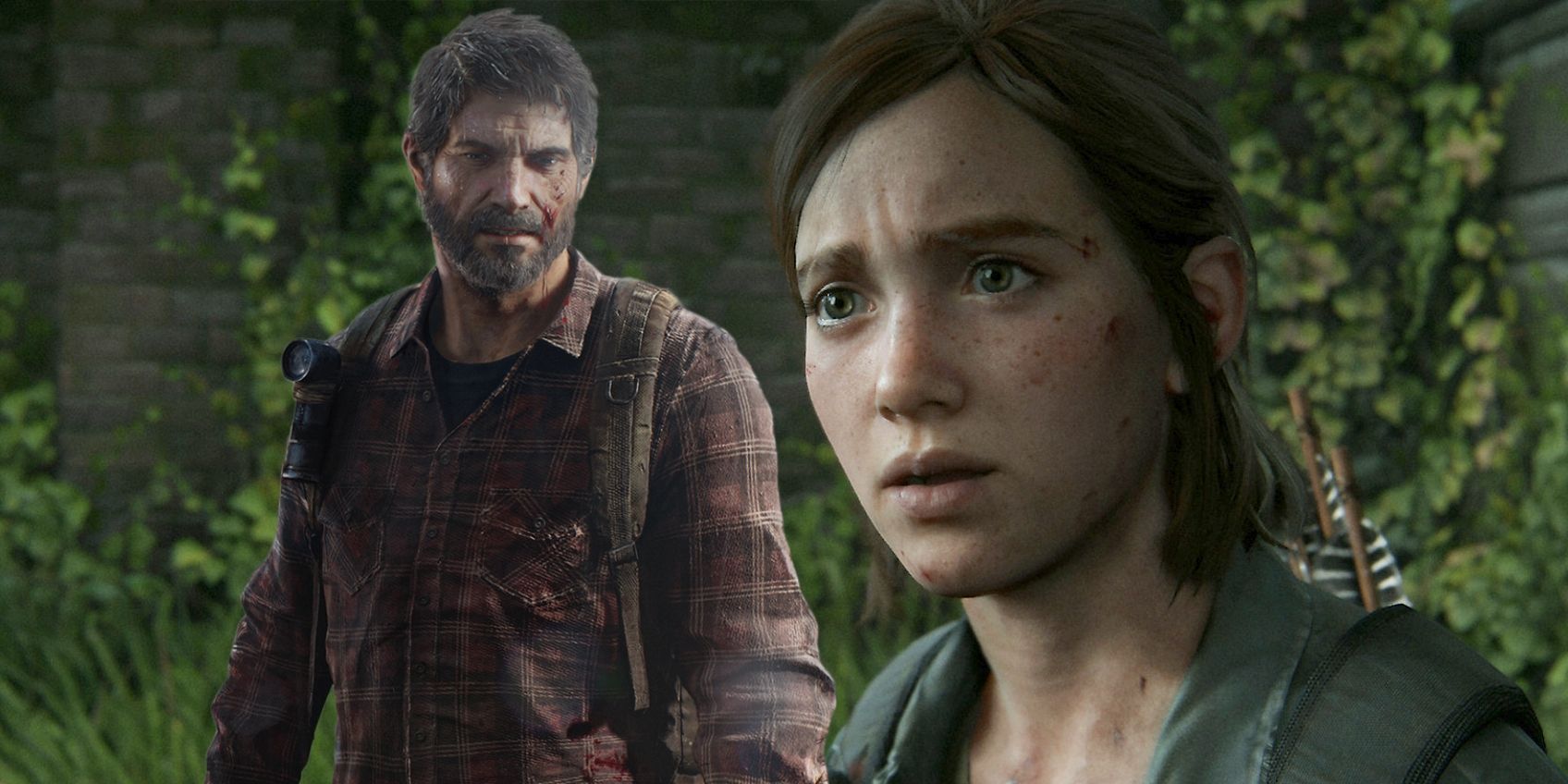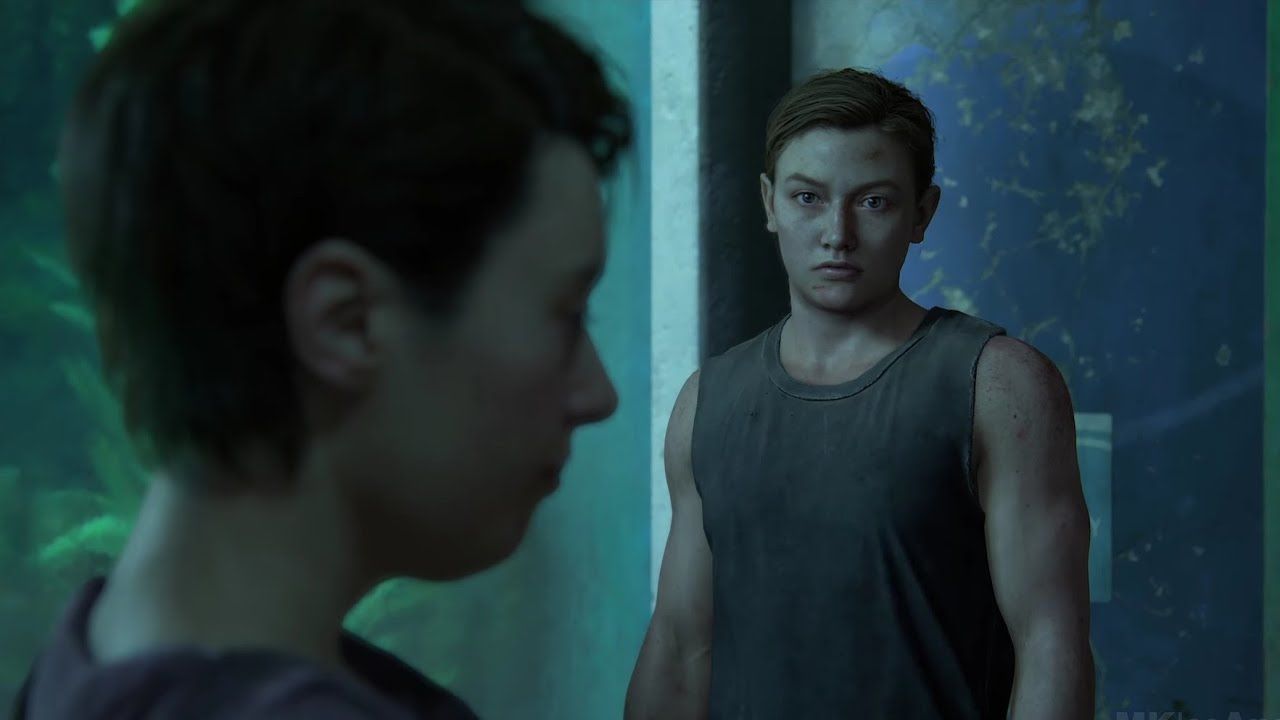Warning: This article contains SPOILERS for The Last of Us Part 2.
Most The Last of Us 2 reviews included a note about the game's unusually strict review embargo restrictions - and for good reason. Naughty Dog required reviewers to avoid mentioning huge portions of The Last of Us 2's plot, and the things reviewers couldn't talk about arguably made conveying a true impression of the game difficult.
While many The Last of Us 2 reviews - including Screen Rant's own - praised its gameplay and storytelling and overall reception was mostly positive, some reviewers took major issue with its depictions of violence. Even without playing the game, it's easy to at least acknowledge how Naughty Dog might have misstepped in that regard: Violence has been a part of its marketing from the start, with The Last of Us 2 trailers, gameplay showcases, and developer comments all emphasizing its brutality.
Some critics argued online that The Last of Us 2 review discourse was so conflicted because Naughty Dog prevented reviewers from fully discussing the game, leading to argument-starting hyperbole in the absence of detail. Here's what reviewers weren't allowed to talk about in The Last of Us 2.
The Last Of Us 2's Controversial Review Embargo Restrictions, Explained
Obviously, reviewers couldn't discuss The Last of Us 2's first big twist - Abby killing Joel - but Naughty Dog's rules also prevented them from discussing "the fate of ANY character or the inciting event." On its own, this isn't so bad, as most readers wouldn't want character deaths spoiled, anyway. But combined with the rest of the restrictions, it forced reviewers to dance around many aspects of the game. Reviewers could not describe any "pivotal narrative or cutscenes moments," detail the game's ending, or include any captured footage outside of a few select sections in video reviews. Most significantly, critics were prohibited from discussing any playable characters other than Ellie, any locations other than those already revealed, and "any story details or characters after Ellie Day 3."
These latter rules effectively prevented reviewers from speaking on more than half of the game, as they could not mention Abby, Santa Barbara, or Ellie and Dina's home. Most review embargoes are not nearly as strict, and the fact that reviewers weren't allowed to discuss Abby is especially odd. Her playable portions form a large part of the experience, with different skills and abilities that could affect players' enjoyment of the game. Plus, Abby first becomes playable before she kills Joel, so it's not like knowing she's playable would be a huge spoiler. In fact, considering The Last of Us, Uncharted 3, and Uncharted 4 all featured surprise playable characters, Abby's time in the spotlight was almost a given after her unexplained appearance in the game's early marketing.
To comply with Naughty Dog, reviewers effectively had to lie through omission, avoiding discussion of major gameplay and story elements that could have impacted fans' decision to purchase the game. It's possible the restrictions led to worse reviews, too, pocked with generalities rather than concrete examples, and these subsequently led to heated online discussion. Naughty Dog also reportedly questioned VICE's The Last of Us 2 reviewer on his interpretation of the game - another unusual (and intimidating) move by the developer.
The Last Of Us Part 2 released for PlayStation 4 on June 19, 2020.


